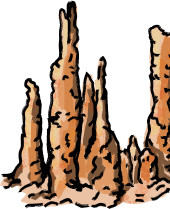WILLIAM PENGELLY
1865-1880
William Pengelly, was inspired by MacEnery's work. The Victorian cavern excavation carried about between 1865 and 1880 was masterminded by him. He lived in Torquay for over 40 years and his cave research attracted distinguished visitors to his house; members of the British, Russian and Dutch Royal families and even Napoleon III.
The existence of a cave in Wellswood was well-known but unlike the discovery of another important cave in Brixham in 1858, Kents Cavern has never been “discovered”. Roman coins later discovered indicated modern people had been venturing into the caverns for over 2,000 years.
Uncontrolled access to the cave for hundreds of years presented a challenge to Pengelly’s theories of ancient human occupation. He had to devise a scientific method to convincingly refute claims the stones had been buried by modern visitors.
He came up with a three-dimensional grid mapping system, commonly used today but entirely new in 1865 and employed a small trusted team.
Pengelly spent a year excavating a cave in Brixham. This cave was discovered when workman, laying house foundations, broke into a large cave and found man-made flint tools. It was here that Pengelly's quest for proving human antiquity began.
For his most important and largest excavation yet, Pengelly came to Kents Cavern and launched the 15 year long Great Excavation lasting from 1865-1880. The excavation laid the founding stone for modern archaeological work today. Pengelly and his team dug through stalagmite floors and revealed what lay beneath, tools of ancient man with bones from extinct animals, even discovering hand axes from humans who lived over 500,000 years ago.
Pengelly meticulously recorded every object found, its location and level within the cave sediments. Today, his diaries are some of the best information on the archaeological and geological story of Kents Cavern and give an amazing insight into how the cave might have been during the Victorian period.
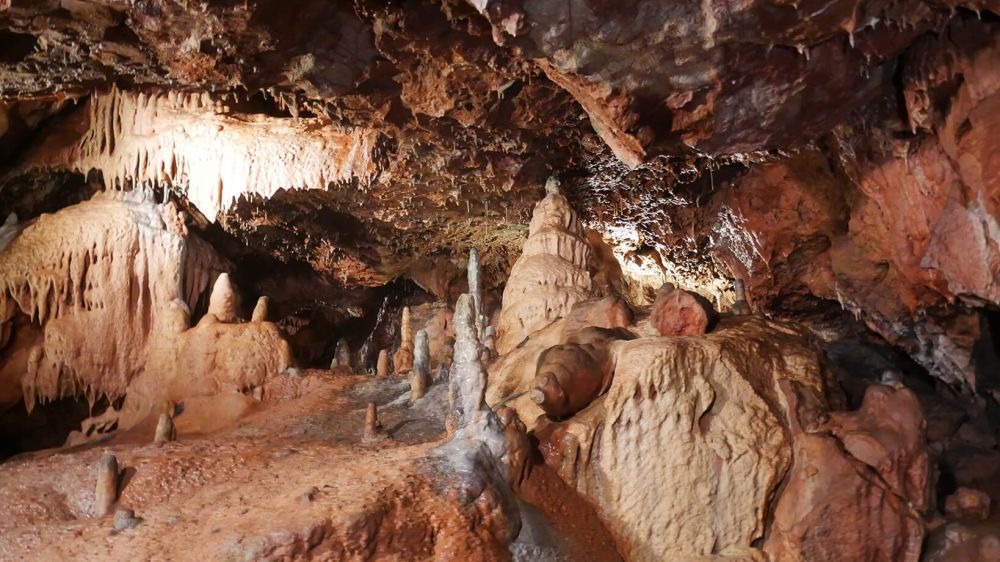



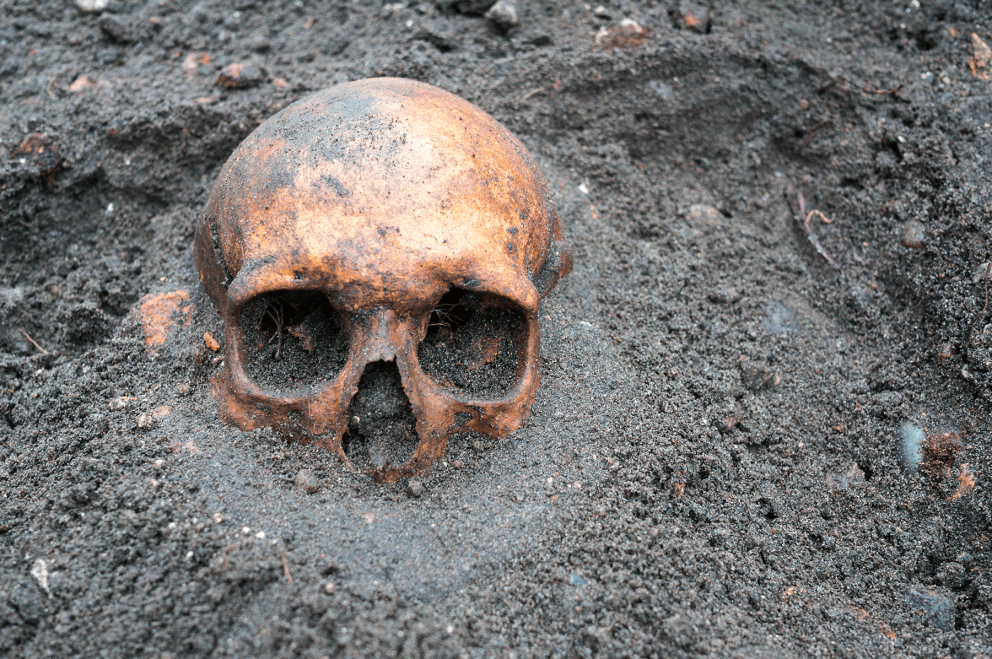

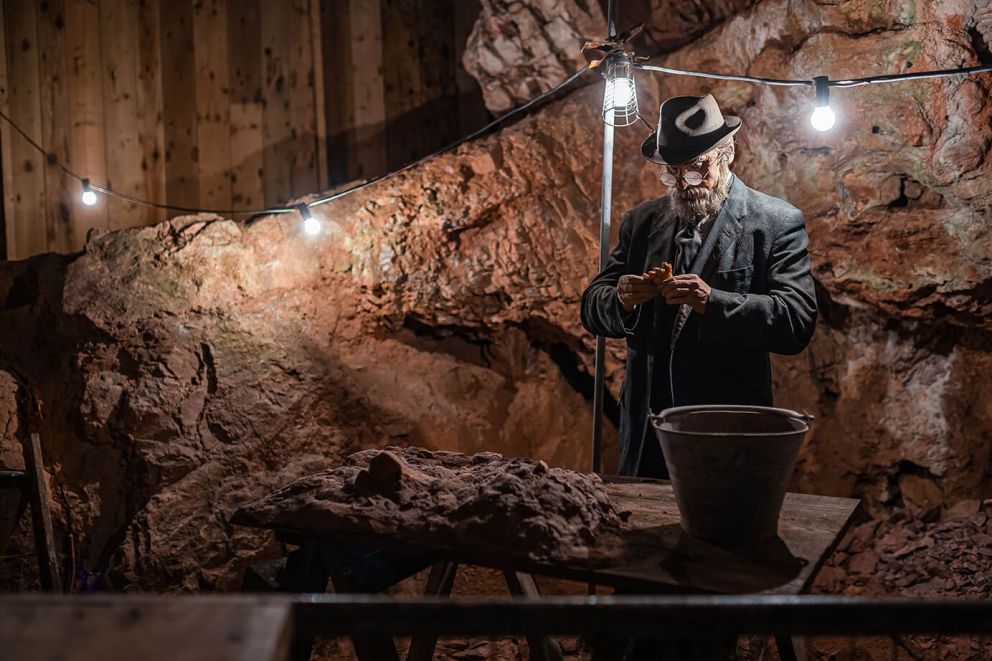
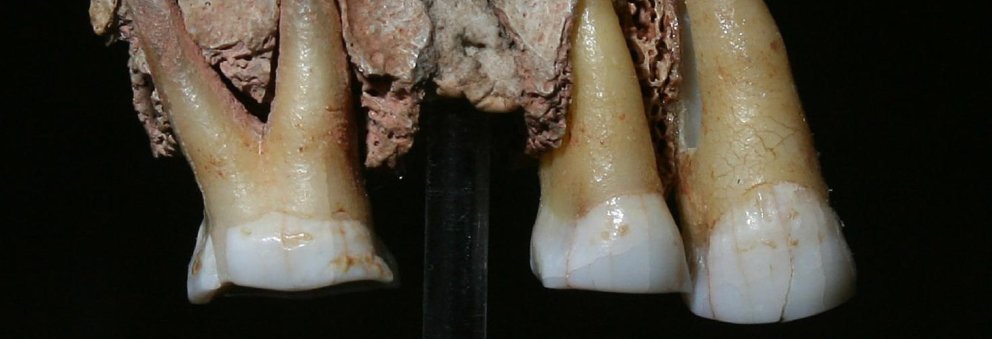
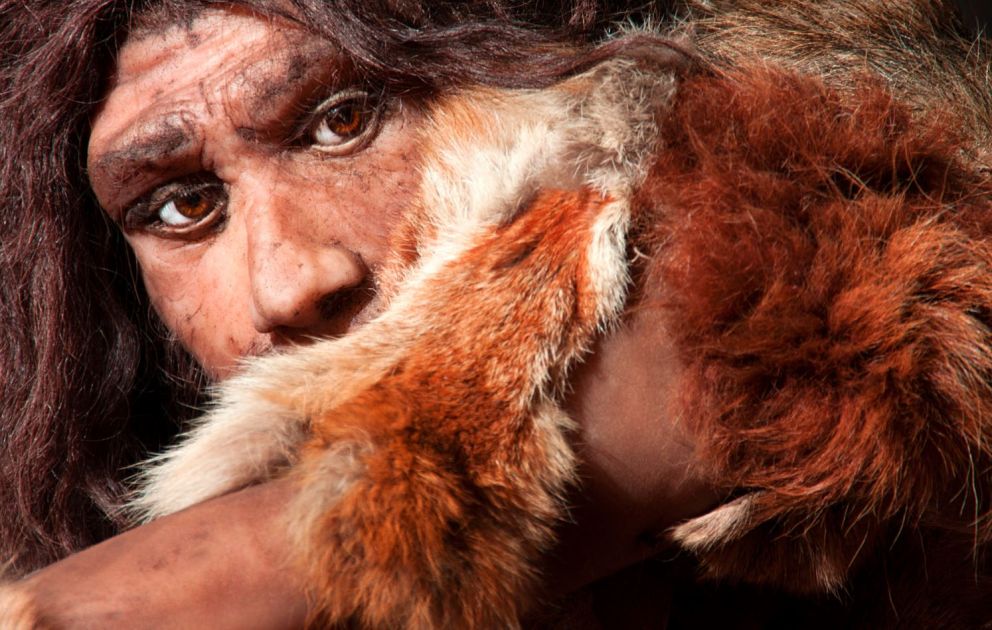
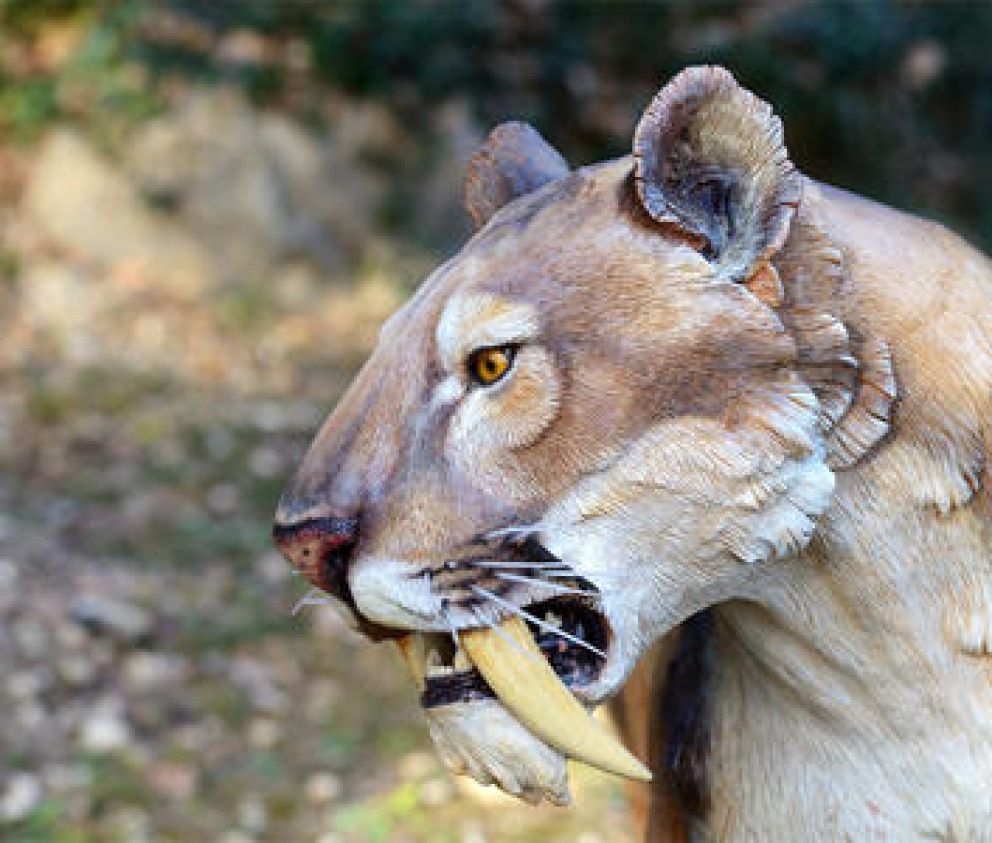
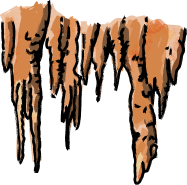
 picked.cave.lively
picked.cave.lively